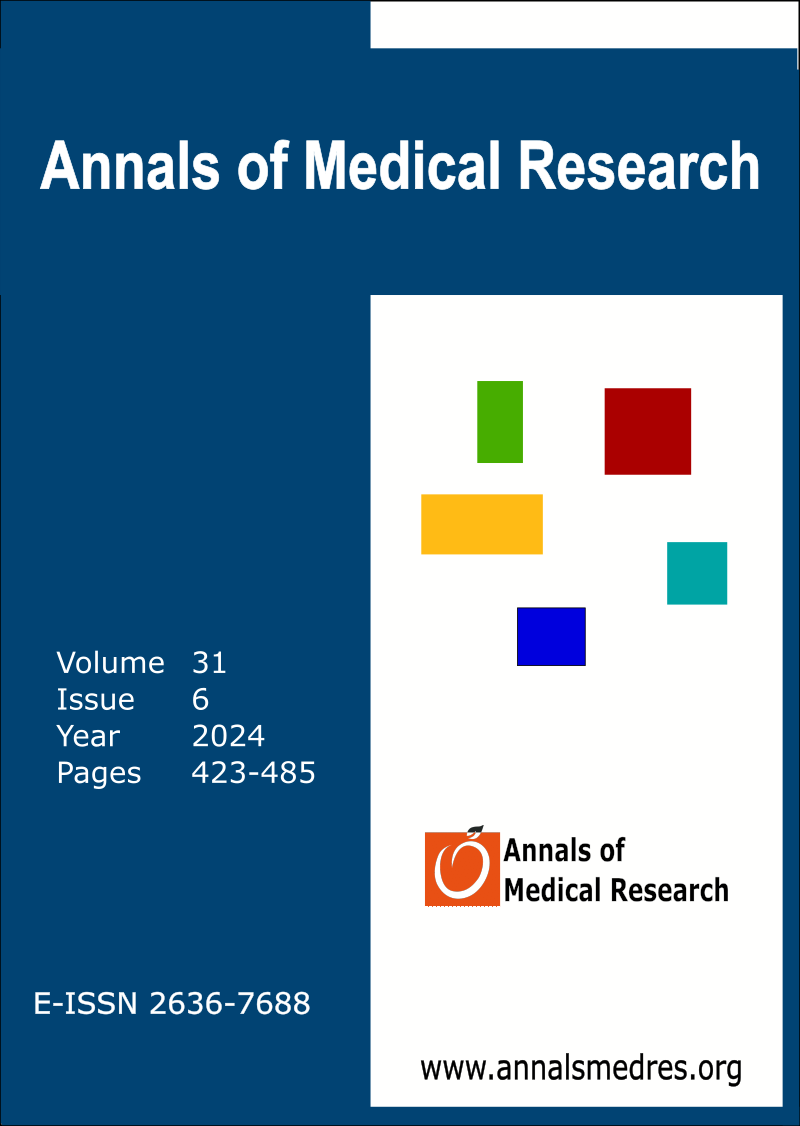Helicobacter pylori surveillance study in the Eastern Anatolia Region; single center
Keywords:
Eastern Anatolia Region, Helicobacter pylori, Intestinal metaplasia, Atrophy, PolypAbstract
Aim: The prevalence of Helicobacter pylori (H. pylori) varies among populations as well as among the world's populations. In this study, we aimed to investigate the frequency and effects of H. pylori in our patients living in the Eastern Anatolia Region.
Materials and Methods: This retrospective study was conducted with 2.062 patients living in the Eastern Anatolia Region between 2021 and 2022 and applying to the endoscopy unit for gastroscopy. The demographic characteristics, gastroscopy findings, and histopathological characteristics of the materials taken during the endoscopy of our patients who applied to us for various indications were recorded in the hospital database.
Results: The average age of the patients included in our study was 45.9±16.4 years. 1.100 of these patients were women and 962 were men. 308 of the patients had gastric mucosal atrophy, 224 had intestinal metaplasia, and 1.151 were H. pylori positive. Of the H. pylori positive patients, 214 had bulbar ulcers and 48 had stomach ulcers. Intestinal metaplasia and gastric mucosal atrophy were statistically significantly associated with the age of the patients.
Conclusion: H. pylori infection causes many changes in the stomach, both endoscopically and histopathologically. However, the main reason for this change is host genetics and the virulence of H. pylori.
Downloads
Published
Issue
Section
License
Copyright (c) 2024 Annals of Medical Research

This work is licensed under a Creative Commons Attribution-NonCommercial-NoDerivatives 4.0 International License.
CC Attribution-NonCommercial-NoDerivatives 4.0






